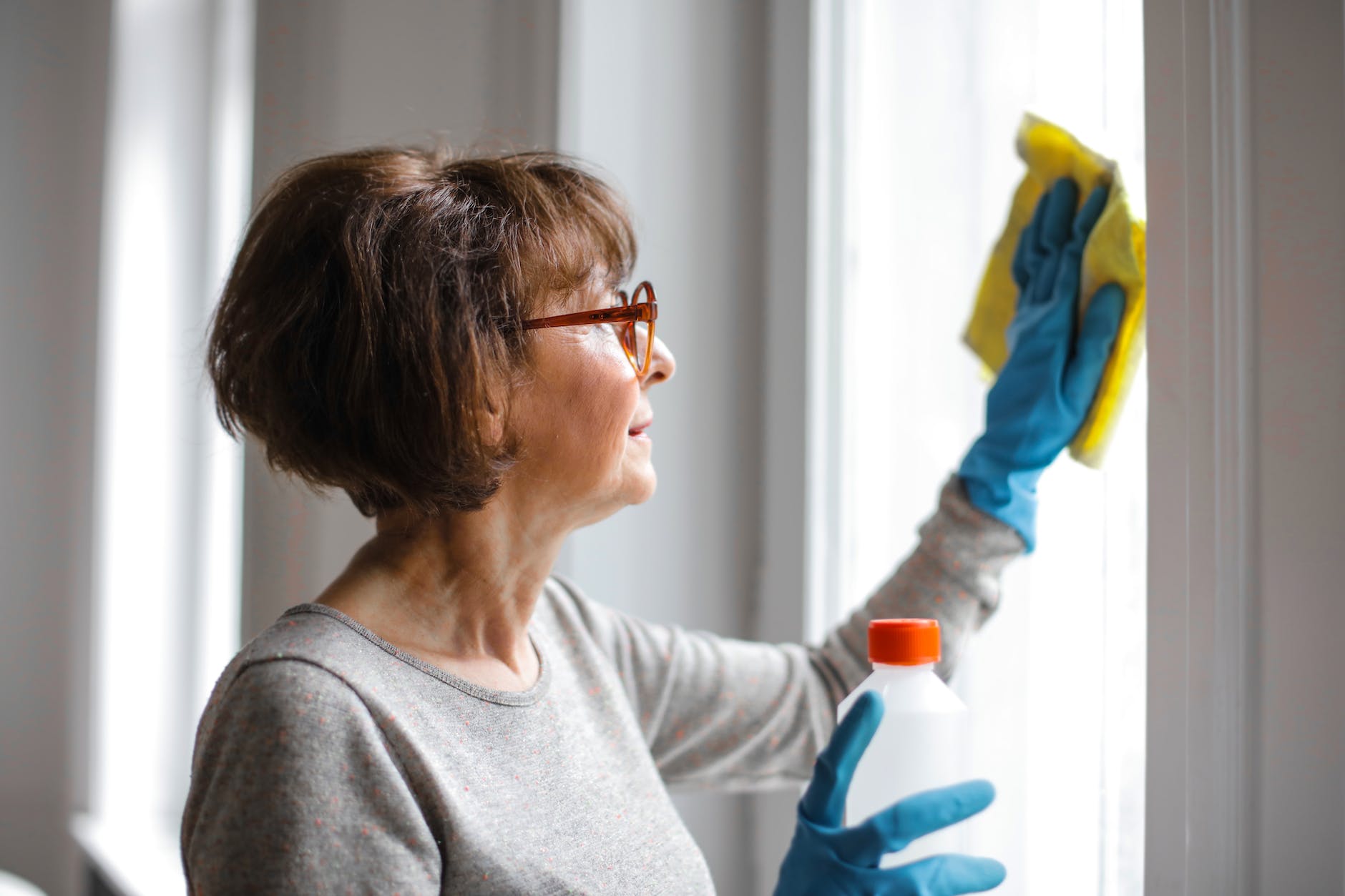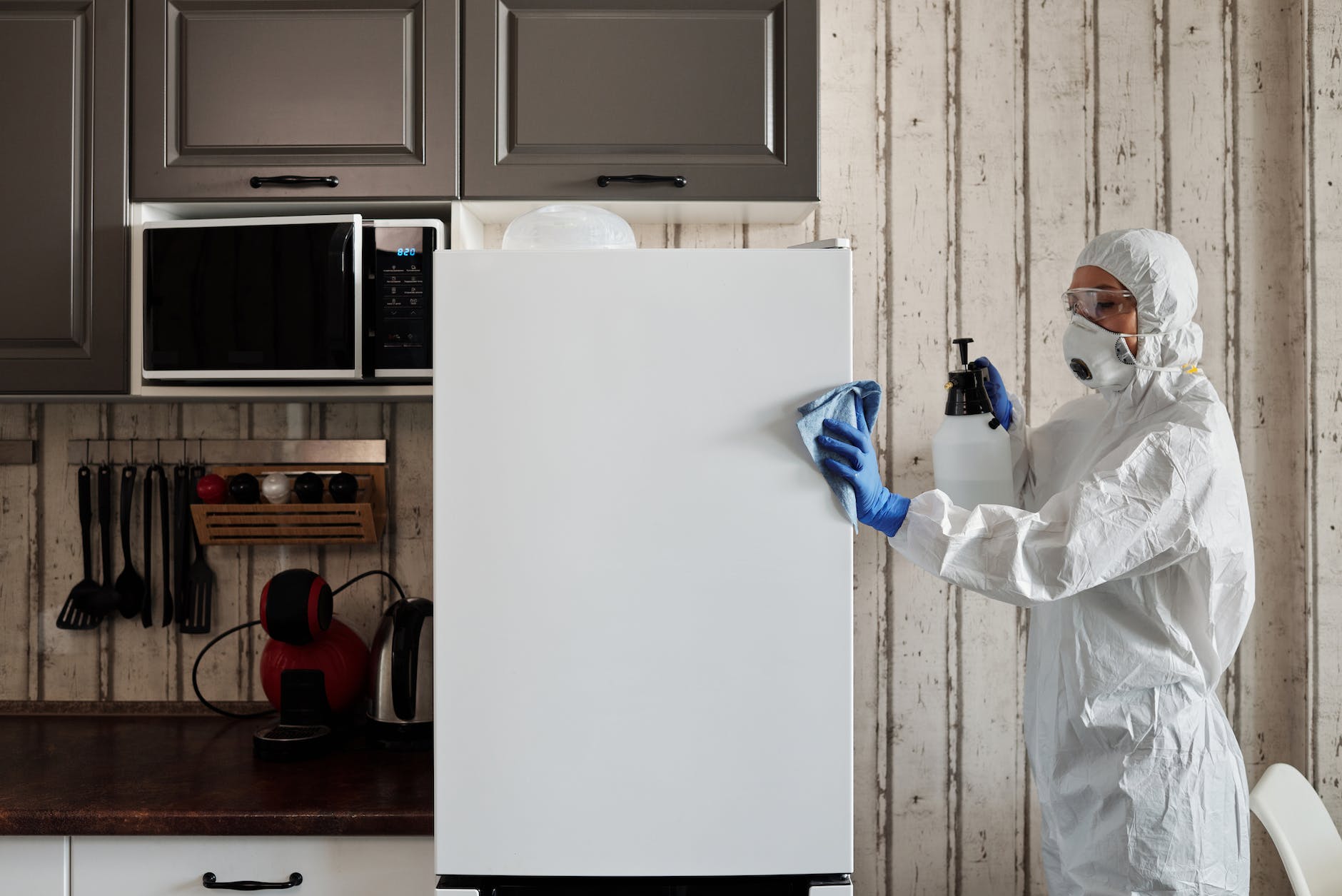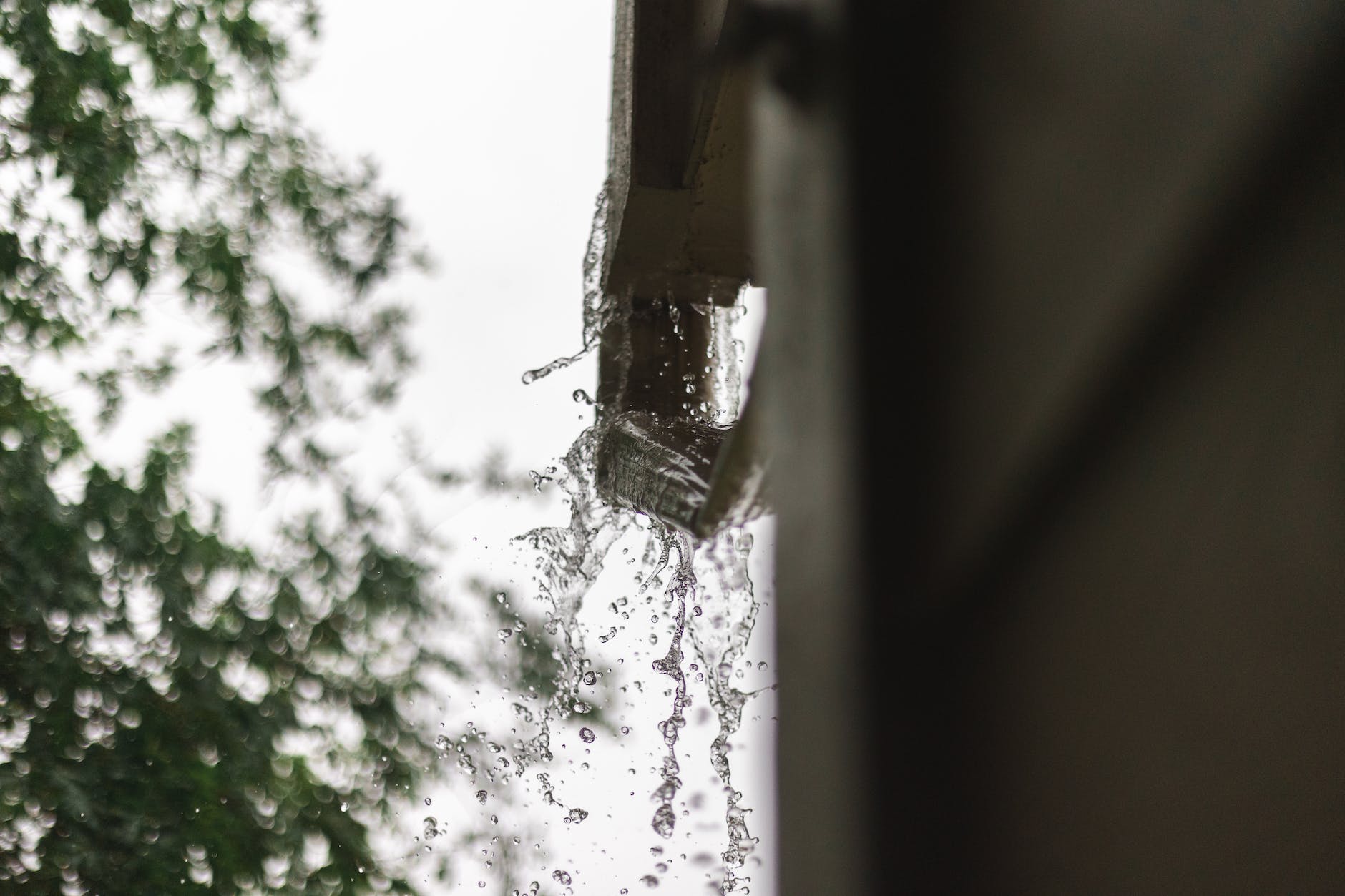How to whitewash stone fireplace ? To whitewash a stone fireplace, thoroughly clean the surface to remove dust or soot. Mix equal parts of water and white latex paint in a bucket, creating a diluted paint solution. Test the mixture on the stone’s small, inconspicuous area to ensure it achieves the desired look. Using a brush or a sponge, apply the whitewash mixture to the stone in even strokes, working in small sections at a time. Allow the first coat to dry completely before applying additional coats if a more opaque finish is desired.
Remember to blend and feather the edges for a natural appearance. The whitewashing process imparts a fresh, rustic charm to the stone fireplace while maintaining its textured and natural beauty.
Supplies for whitewashing a stone fireplace.
Before embarking on the whitewashing process, gather the necessary supplies. You’ll need a high-quality paintbrush or roller, a mixing container, white latex paint, water, drop cloths or plastic sheets to protect surrounding areas, painter’s tape to cover any edges or fixtures, and a stir stick for mixing the paint and water.
How To Whitewash A Fireplace: Easy Step By Step Guide
Whitewashing a fireplace can breathe new life into its appearance, creating a fresh and timeless focal point. Here’s an easy step-by-step guide to help you achieve a beautifully whitewashed fireplace:
- Prepare the Area: Protect the surrounding space with drop cloths or plastic sheeting. Cover the floor and any adjacent walls to prevent accidental splatters of whitewash.
- Clean the Fireplace: Ensure the fireplace is free of dust, soot, and debris. Use a stiff brush or a vacuum cleaner to remove loose particles. Consider using a mixture of water and mild detergent to clean stubborn stains thoroughly.
- Mask Off Edges: Use painter’s tape to carefully mask off any edges, mantels, or features you want to keep in their original state. This will help you achieve a clean and precise finish.
- Mix the Whitewash Solution: Create a whitewash solution by combining equal parts water and white latex paint. Adjust the ratio to achieve your desired opacity. Stir the mixture thoroughly to ensure a consistent blend.
- Test the Whitewash: Before applying it to the entire fireplace, test it on a small, inconspicuous area to gauge the color and finish. This step allows you to make adjustments if needed.
- Apply the Whitewash: Using a paintbrush or a roller, evenly over the fireplace’s surface. Work in manageable sections, ensuring the whitewash doesn’t dry too quickly. Consider using a rag to create texture or wipe away excess paint for a distressed look.
- Allow Drying Time: Let the first coat of whitewash dry entirely before deciding whether additional coats are necessary. The drying time may vary based on humidity and temperature conditions.
- Assess and Repeat: Once the first coat is dry, assess the appearance. If a more opaque finish is desired, apply additional coats following the same process. Ensure each layer dries thoroughly before adding the next.
- Seal the Finish (Optional): Consider applying a clear sealer to protect the whitewashed fireplace and enhance its longevity. This step helps to prevent the whitewash from fading or wearing off over time.
- Remove Masking Tape: Once the whitewash is fully dry and you’re satisfied with the appearance, carefully remove the painter’s tape from the edges for a clean and polished finish.
How do you prep the fireplace?
Preparing a fireplace involves several vital steps to ensure a safe and efficient fire. Start by cleaning the fireplace and removing any ash or debris. Check the chimney for obstructions and ensure proper ventilation. Place a layer of newspaper or kindling at the bottom, followed by small pieces of dry, seasoned wood. Arrange larger logs on top in a crisscross pattern to allow air circulation. Use fire starters or twisted newspaper to ignite the kindling, gradually building the fire. Keep a screen or glass doors closed to prevent sparks from escaping. Regular maintenance and proper preparation contribute to a cozy and secure fireplace experience.
The simple steps to whitewash natural stone (or brick).
Step One: Mix the whitewash solution.
To begin the process of whitewashing natural stone or brick, start by preparing the whitewash solution. Combine equal parts of water and white masonry lime in a large container. Stir the mixture thoroughly to achieve a smooth and consistent texture. Adjust the ratio as needed to achieve the desired opacity level, keeping in mind that a thicker solution will result in a more pronounced whitewash effect.
Step Two: Paint in the mortar lines first.
Once the whitewash solution is prepared, focus on the mortar lines of the stone or brick surface. Carefully paint the whitewash mixture into the mortar lines using a narrow or specialized mortar brush. This step helps define the individual stones or bricks and enhances the overall appearance by creating contrast. Take your time and ensure the mortar lines are adequately covered before proceeding to the next step.
Step Three: Apply the whitewash mixture to the stone.
With the mortar lines painted, apply the whitewash mixture to the stone or brick surface. Use a broad brush or a roller to coat the larger areas evenly. Work in small sections, ensuring thorough coverage while maintaining a consistent and smooth application. For a more distressed or aged look, consider using a rag or sponge to dab and blend the whitewash. Allow the whitewash to dry entirely before assessing the final appearance, and repeat the application process if a more intense effect is desired. Whitewashing natural stone or brick provides a timeless and charming aesthetic, transforming the surface with rustic elegance.
Additional tips.
- Test on a Small Area: Before applying the whitewash to the entire surface, test it on a small, inconspicuous area to ensure you are satisfied with the color and finish.
- Experiment with Colors: While white is a classic choice, you can experiment with different shades to achieve a unique look. Soft pastels or muted tones can also provide an elegant touch.
- Seal the Finish: Consider applying a clear sealer to protect the whitewashed surface and enhance its longevity. This will help prevent the whitewash from fading or wearing off over time.
- Embrace Imperfections: Whitewashing is meant to create a weathered and imperfect appearance. Embrace the natural variations in color and texture that arise during the process for an authentic, lived-in aesthetic.





